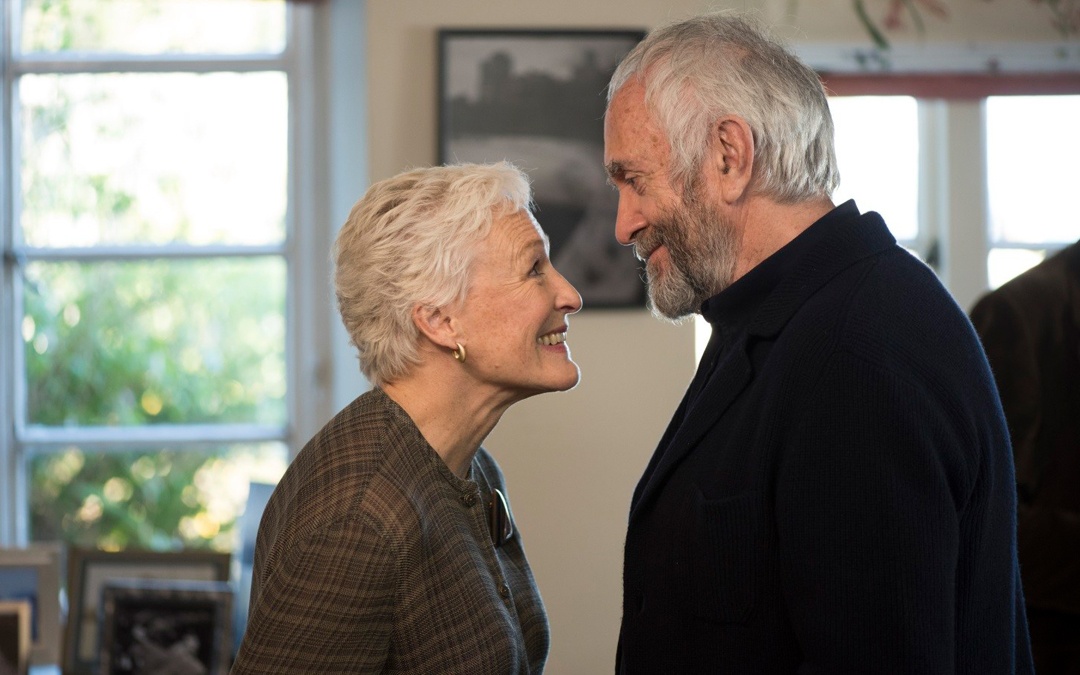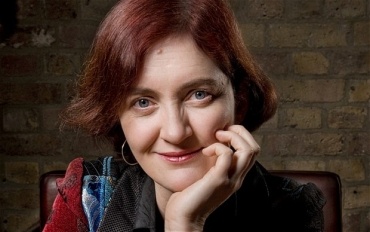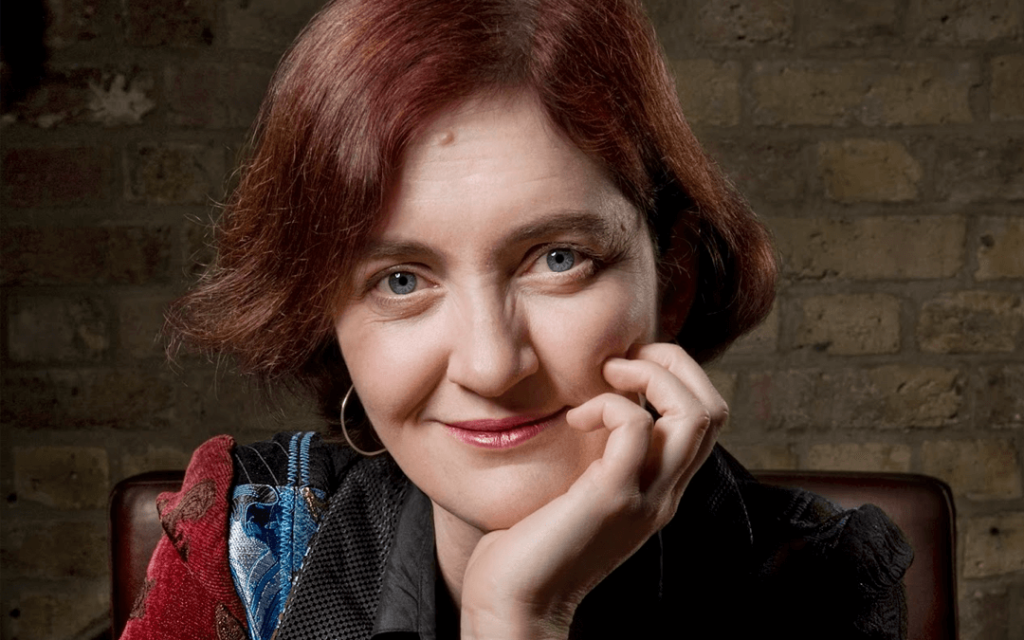Director Lenny Abrahamson on 'Little Stranger'
October 11, 2018
From the outside, The Little Stranger is a British gothic film born of themes of death, memory and the supernatural. From the inside, it’s an exercise in team work.
“In a successful collaboration, it should be impossible to determine where the writer ends and the director begins,” said Lenny Abrahamson, the film’s director.
Abrahamson worked closely on the film with screenwriter Lucinda Coxon, who previously adapted The Danish Girl.
Regularly, Abrahamson said, he would sit down with Coxon — and her dog — in Coxon’s kitchen to talk about routes through the story, how close (or not) to go toward genre and point of view.
“Lucinda was always open to trying things that I’d suggest but also very strong in her instincts, which meant the process always had movement and energy and a feeling that things were being discovered,” Abrahamson said.
“She is a superb writer and a very subtle thinker … All of her skill was needed to find a way of telling such a nuanced, complex and atmospheric story on screen.”And that cold and wicked atmosphere was also the product of collective effort, according to Abrahamson.
The Hundreds Hall interiors — which take on their own role in the film — were all shot in Langleybury; a country house in Hertfordshire, England. While Abrahamson said the location was “perfect, architecturally,” the art department made it (literally) come alive.
“Every bit of texture and personality was added by … extraordinary production designer Simon Elliott,” he said.
“All of the wallpapers, the paint finishes, the mirrors … The endless details that give the house its subtly peculiar flavor were carefully designed.”
So well designed, Abrahamson said, that shooting there eventually led to the house getting under his skin.
“It’s a very imposing place,” he said.
“Because of the scenes we made there … it took on something of the odd, unnerving quality of Hundreds Hall in the story.”
Location aside, the tale itself was eerie enough to hold Abrahamson’s interest for nearly 10 years before it became the film that it is — Sarah Waters’ The Little Stranger came out in 2009 and he said he was “immediately captivated” by the novel.
Then, Abrahamson had made “two small features” and he didn’t believe he had a chance of acquiring the rights to make it into a film.
“But I kept track of it, and thought about it a lot,” he said.
Around the time of Abrahamson’s Frank, he met Gail Egan and Andrea Calderwood, who would become The Little Stranger’s producers.
“My profile had grown and I was lucky that there was no director on board,” he said.
What Abrahamson described as many drafts later (Coxon, he noted, worked on the script on and off for a number of years), the film — and the team — came to be, three years after Abrahamson’s Room.
“The script felt ready around the time that the fuss surrounding Room had died down,” he said.
A switch from that film, Abrahamson said The Haunting (1963) and The Innocents (1961) hummed away in the back of his mind as he directed The Little Stranger.
“I hope it has something of their quietness and oblique atmosphere,” he said.
Still, the ultimate inspiration for the film came straight from the source.
“There is so much texture in the novel, so much details in Sarah [Waters’] descriptions,” he said.
“I hope the film … in its own language [is] true to it.”
Written by: Eric Walkuski
Eric Walkuski is a screenwriter, film critic, journalist and reporter. He is currently a managing editor at JoBlo.com. You can follow Eric on Facebook and Twitter at @ericwalkuski



